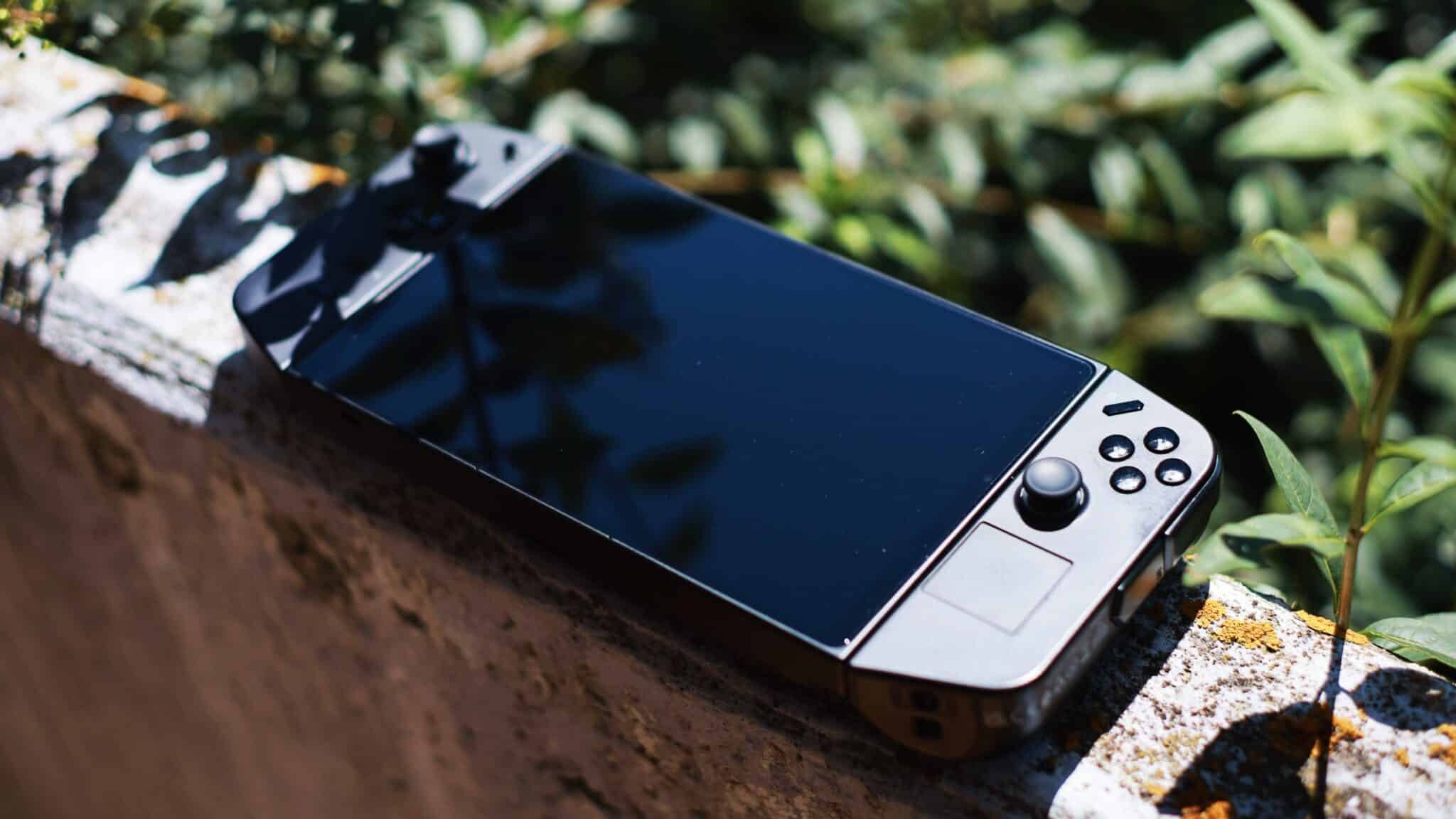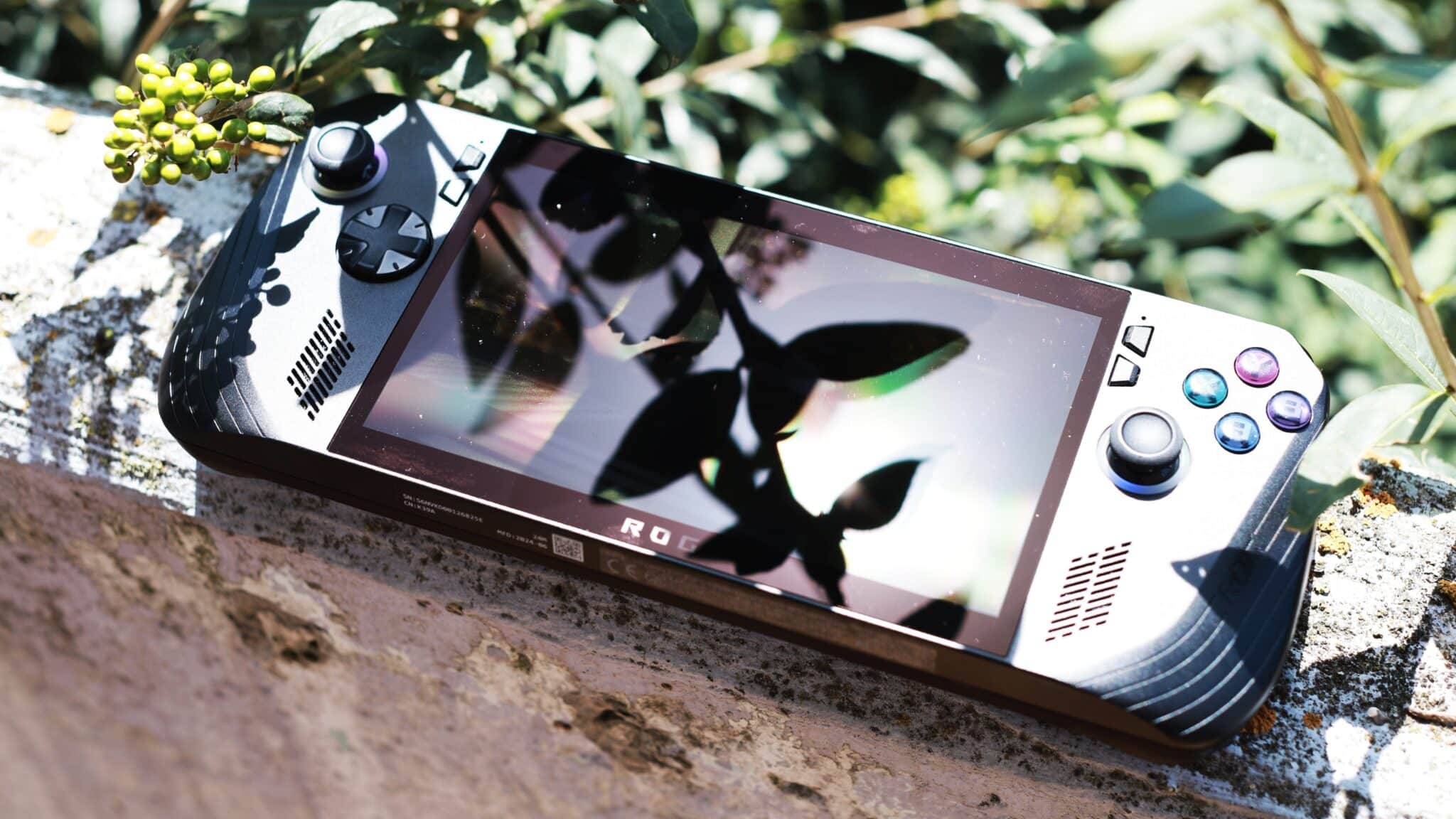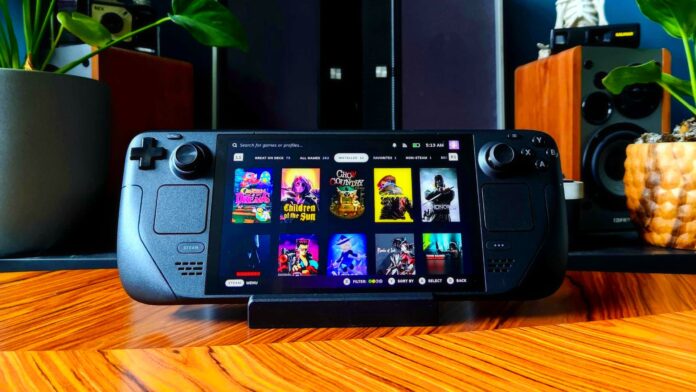Column: Windows handheld PCs can take a leaf out of the Nintendo Switch or Steam Deck’s book when it comes to Quick Resume
Finger on the power button and you’re back in the game you were playing last – no loading screens, no waiting time, no error messages.
This is the reality (at least most of the time) when playing on a console. Even the Steam Deck gives you a feature like that, which I wouldn’t want to miss on a handheld device. And the Nintendo Switch does this really well too.
With handheld consoles with a Windows operating system, it’s often a different story. I’ve always had problems with the sleep mode of Windows and games, which is why I tested five games on the Lenovo Legion Go and the new Asus ROG Ally X for this small test. The result didn’t surprise me, but I’m not losing hope.
Then it takes a little longer to switch off because the system status is saved on the SSD instead of the RAM, but the power consumption is almost zero and the device does not switch on unintentionally.
This is how the two handhelds performed
I started the games on both devices and then simply pressed the power button during gameplay. Then I waited a few seconds for the respective device to turn off, the fans to stop spinning and then turned it back on.These are the results:
Lenovo Legion Go

Elden Ring
Crash without error message
Cyberpunk 2077
Crash with error message
Monster Hunter World
Functioning perfectly
Tiny Tina’s Wonderland
Device does not go into sleep mode
Tekken 8
Crash with error message
With the Lenovo Legion Go, I have also often had the problem that I cannot enter my Windows password after waking up from sleep mode. Then I always had to turn the device off and on again to get it to work.
With Tiny Tina’s Wonderland, the device constantly woke itself up and did not go into sleep mode.
Asus ROG Ally X

Elden Ring
Functioning perfectly
Cyberpunk 2077
Functioning perfectly
Monster Hunter World
Device does not go into sleep mode
Tiny Tina’s Wonderland
Crash without error message
Tekken 8
Functioning perfectly
The sleep mode of the Asus ROG Ally X works much more reliably, but not perfectly either. In Monster Hunter World, the device refused to switch off completely. Although the screen went off, the fans did not stop spinning. Tiny Tina’s Wonderland crashed after waking up
What needs to change
A quick resume feature is very important to me for handheld consoles, because the devices are perfect for short gaming sessions: just pick them up, press the button and get started – like the Nintendo Switch and Steam Deck.
Since Microsoft may be working on a handheld themselves, or at least want to better optimize Windows for small devices, I hope they improve the sleep mode of the devices so that we mobile PC gamers with Windows can also better benefit from this feature.
After all, the Asus ROG Ally X shows that it can be done better and that there is definitely room for improvement. Ideally, I hope that the handhelds will eventually reach the level of the Xbox Series consoles. With these, you can “put on hold” up to 12 games via Quick Resume and jump back in at any time. This is what fuels my hope for an Xbox handheld.
What about you? Do you own a handheld PC with Windows and have you had a similar experience with the hibernation mode? Is Quick Resume an important feature for you or do you manage well without it? Have you ever had problems with the feature on the Steam Deck? Let us know your experiences in the comments!


